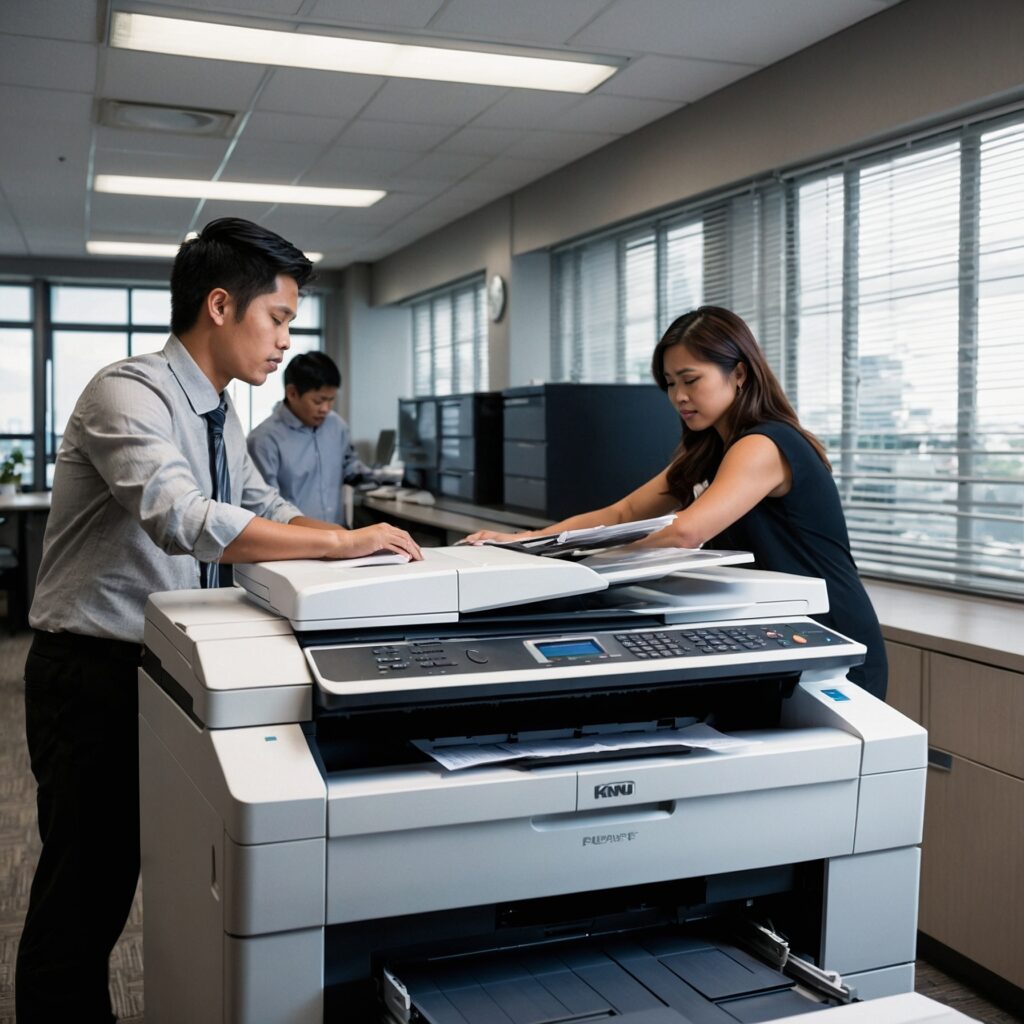
Overview of Copier Rental Costs
Whether you’re managing a startup, a growing company, or a large enterprise, having access to reliable printing and copying equipment is essential. But purchasing copiers outright can be costly and often unnecessary—especially when a copier rental can deliver the same functionality with more flexibility and lower upfront costs.
In this article, we provide a detailed overview of copier rental costs, the key factors that influence pricing, and how you can save money by making smart rental decisions. This guide is ideal for business owners, procurement officers, or anyone looking to understand the full picture of copier rental expenses in the Philippines or similar markets.
Why Rent a Copier?
Before diving into costs, it’s worth understanding why so many businesses choose to rent copiers instead of buying.
Benefits of renting a copier:
No large capital outlay
Easy equipment upgrades
Maintenance often included
Flexibility in contract length
Tax-deductible expense
These advantages make rentals appealing—especially for businesses with seasonal demands, limited budgets, or fast-changing technology needs.
Key Components of Copier Rental Costs
A copier rental agreement often includes several components, not just the base rental fee. Here are the major elements that make up the copier rental cost structure:
1. Monthly Base Rental Fee
This is the core cost you’ll pay every month for the use of the machine. It varies based on:
Copier type (mono vs. color)
Print speed (pages per minute)
Capacity and features (e.g., scanning, faxing, finishing)
For basic models, fees may start as low as ₱1,500–₱3,000/month, while high-speed color machines can range from ₱5,000 to ₱15,000 or more per month.
📘 For more on what influences these rates, see Factors Affecting Copier Rental Prices.
2. Cost Per Copy / Print
Most rental agreements include a volume allowance (e.g., 2,000 black & white and 500 color prints per month). Beyond that, you’ll pay a per-copy fee:
Black & white: ₱0.20–₱0.50 per page
Color: ₱1.50–₱5.00 per page
The more you print, the more important it becomes to monitor these overage fees.
3. Supplies and Consumables
Some contracts include toner, drums, and developer. Others may charge separately for these. Make sure to clarify:
Are supplies bundled in the base fee?
How often are supplies replaced?
4. Maintenance and Repairs
Reputable providers include onsite service, preventive maintenance, and troubleshooting support in your rental package. But it’s wise to confirm:
Is labor covered?
Are replacement parts free?
What’s the response time for repairs?
Many copier rental companies offer all-in maintenance to protect you from surprise costs.
One-Time and Hidden Fees to Watch For
Aside from monthly charges, be aware of these additional costs:
Delivery and installation fees (₱1,000–₱3,000)
Network setup fees
Termination charges for ending the contract early
Insurance requirements, which may require additional business coverage
📝 You can read more about this in the article on Insurance Requirements in Rental Agreements.
Renting vs. Buying a Copier: Which Is More Cost-Effective?
Let’s address the big question: Is it cheaper to rent or buy a copier?
Buying may offer long-term savings if:
You have high, stable print volumes
You plan to use the machine for 5+ years
You have the capital for upfront investment
Renting is ideal if:
You want to preserve cash flow
You need the latest tech
You expect changing needs or office locations
Still undecided? Here’s a detailed Cost Comparison of Renting vs. Buying a Copier to help you weigh your options.
How to Budget for Copier Rentals
To stay within budget, consider the total cost of ownership (TCO). Include:
Monthly base rental
Expected overages
Consumables
Service costs
Duration of the contract
Use our Budgeting Guide for Copier Rentals to plan effectively and avoid surprise charges.
Tips for Saving Money on Copier Rentals
Here are some smart strategies to reduce your overall copier rental expenses:
1. Choose the Right Machine for Your Needs
Avoid overpaying for speed or features you don’t use.
2. Negotiate the Contract
Ask about waiving setup fees or locking in lower per-copy rates for higher volume commitments.
3. Bundle Services
Some providers offer discounts when you combine copier rentals with other office equipment or IT support.
4. Monitor Usage
Regularly check your monthly usage to stay within the copy allowance.
Explore more techniques in this helpful guide on Saving Money on Copier Rentals.
Final Thoughts
Understanding the overview of copier rental costs empowers your business to make informed, cost-efficient decisions. By assessing your print needs, comparing rental packages, and evaluating service inclusions, you can choose a copier rental that aligns with both your budget and operational demands.
Remember, it’s not just about the cheapest option—it’s about the best value for your business in terms of reliability, service, and long-term support.
If you’re ready to rent or need a personalized quote, visit Marga Copier Rental for expert advice and affordable packages tailored to your business needs.
